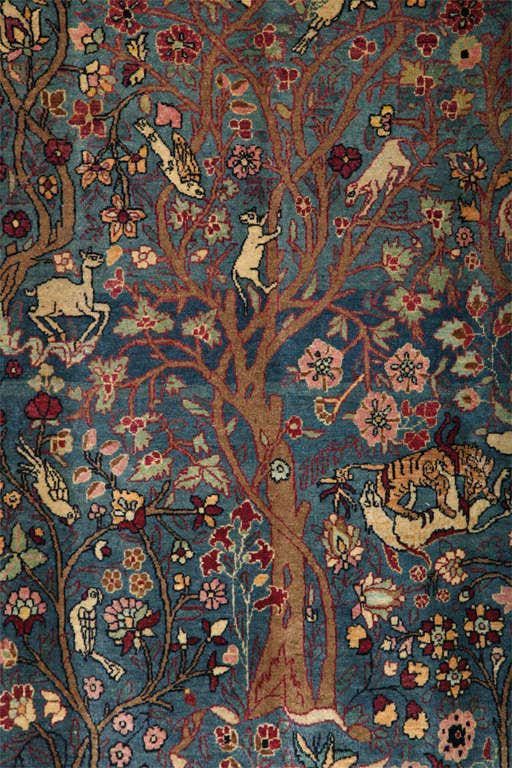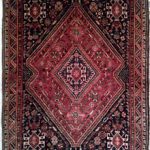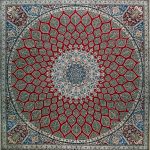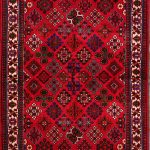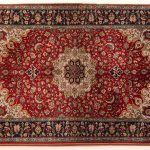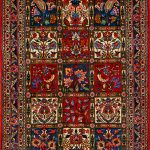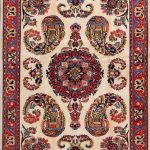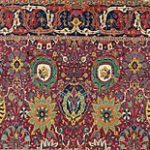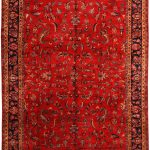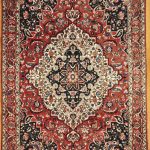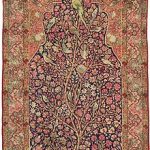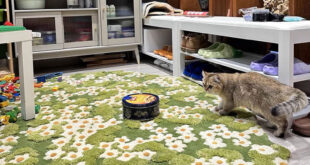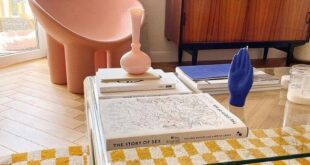Persian carpets are renowned worldwide for their exquisite craftsmanship, intricate designs, and rich cultural heritage. These carpets have been woven in Iran for thousands of years, and each piece tells a story of Persian history, culture, and artistry. From ancient origins to modern trends, the history of Persian carpets is a fascinating journey through time.
The origins of Persian carpets can be traced back to the ancient civilizations of Iran, where nomadic tribes began weaving rugs to protect themselves from the harsh desert climate. These early carpets were made with natural fibers such as wool and silk, dyed using plant-based dyes, and featured geometric designs inspired by nature and tribal symbols.
As the Persian Empire expanded and trade routes were established, Persian carpets became prized commodities sought after by royalty and nobility across the Middle East and beyond. The craftsmanship of Persian rug weavers was unrivaled, and their designs became increasingly sophisticated, featuring intricate floral patterns, arabesques, and medallions.
During the Safavid dynasty (1501-1736), Persian carpets reached their peak of artistic excellence. Royal workshops were established in cities such as Isfahan, Tabriz, and Kashan, where master weavers produced carpets of unparalleled beauty and complexity. These carpets were commissioned by the royal court and adorned palaces, mosques, and grand estates across the empire.
In the 19th century, Persian carpets experienced a revival as European demand for oriental rugs grew. Western collectors and connoisseurs were captivated by the intricate designs and exquisite colors of Persian carpets, leading to a renaissance in Persian rug weaving.
Today, Persian carpets continue to be highly sought after by collectors, interior designers, and homeowners around the world. Traditional Persian designs remain popular, but modern trends in carpet weaving have also emerged, with contemporary interpretations of classic motifs and colors.
One of the most famous types of Persian carpet is the Tabriz rug, known for its intricate floral designs, vibrant colors, and fine weave. Other notable styles include the Kashan rug, featuring elaborate medallions and arabesques, and the Isfahan rug, renowned for its silk threads and delicate patterns.
In conclusion, the history of Persian carpets is a testament to the enduring beauty and craftsmanship of Iranian rug weavers. From ancient origins to modern trends, Persian carpets continue to captivate and inspire with their timeless designs and cultural significance. Whether displayed in a grand palace or a modern home, a Persian carpet is always a work of art that tells a story of Persian history and heritage.
 decorafit.com Design ideas for your home and patio
decorafit.com Design ideas for your home and patio
